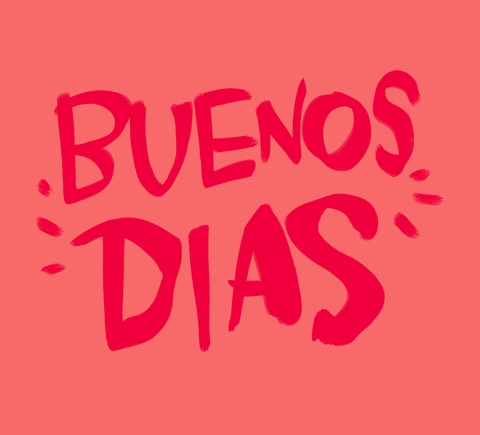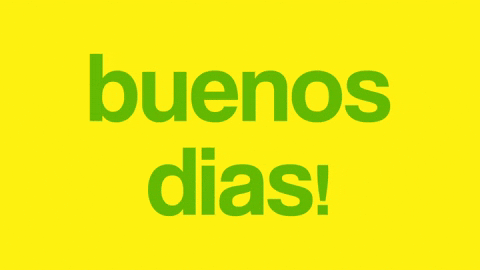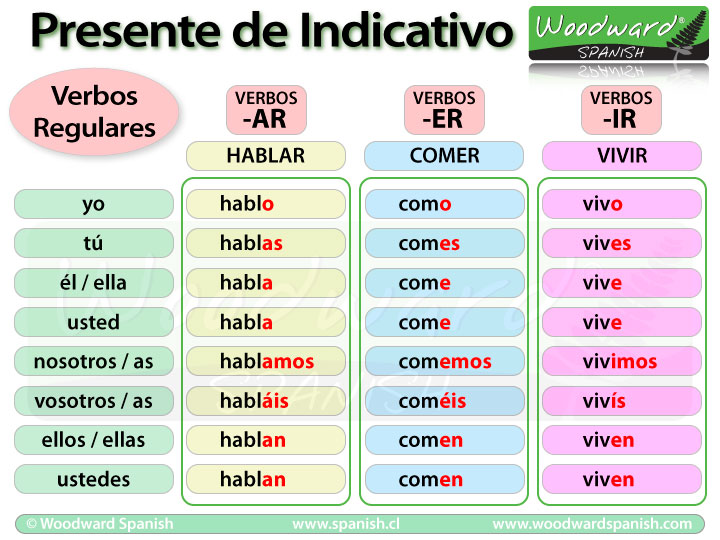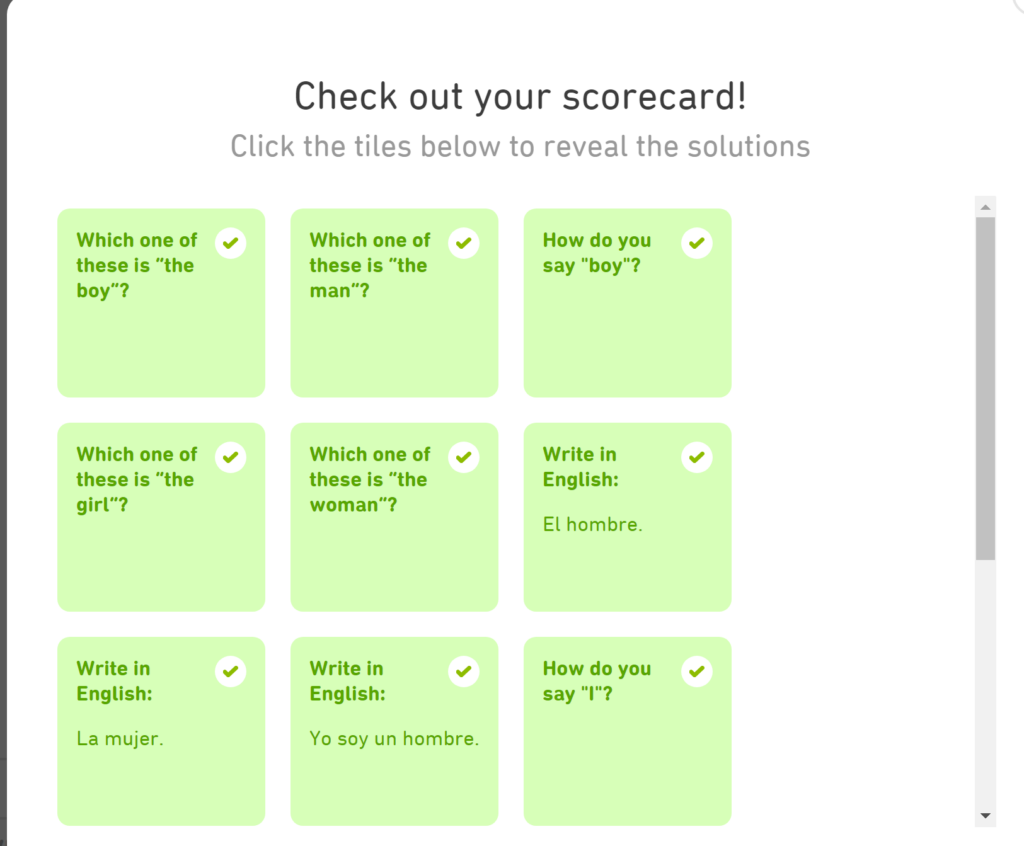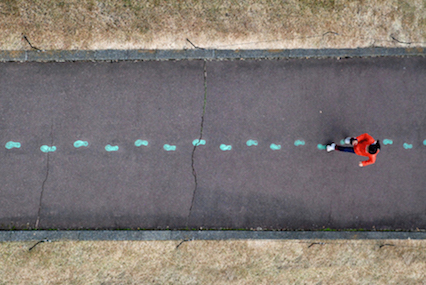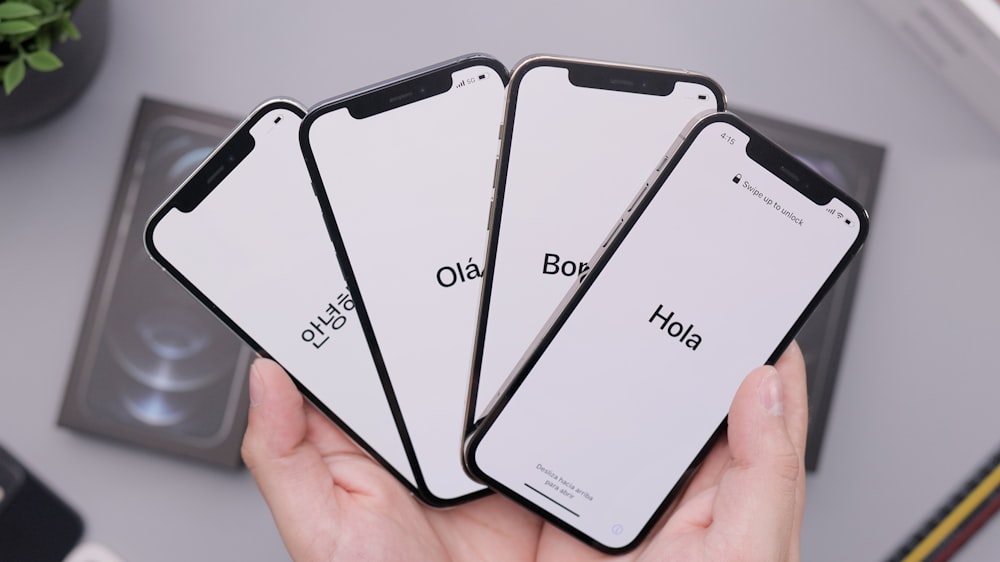
My inquiry journey of learning Spanish was really beneficial to my future teaching practice. I will be a French Immersion teacher, so learning the different ways that students learn a second language was really helpful. This experience was valuable as I got to learn through the lens of a student while also developing language teaching techniques as a teacher. Here is an overview of the content that I learned throughout my inquiry process along with my personal reflection:
As the video highlights, in my free inquiry journey I learned about,
- Masculine and feminine
- Duolingo
- The present tense
- Adjectives
- Spanish culture through food
- Food vocabulary
- Tips for learning a new language
Every week allowed me to further develop my language skills and future teaching skills. I am glad that I chose to focus on this topic for my inquiry as it really allowed me to learn about a variety of different language concepts. My big takeaway from this inquiry is the importance of enjoying what/how you are learning. This is important to understand as a future teacher as everyone learns differently. So, it is essential to incorporate different teaching strategies in the classroom to ensure that every type of learner is benefitting. This means that you can use books, movies, songs, conversations, direct or indirect instruction, independent exploration, etc. I think that it is important for language learners to have explored many different types of learning to ensure they are developing their written comprehension (reading), written expression (writing), oral comprehension (listening), and oral expression (speaking) skills.
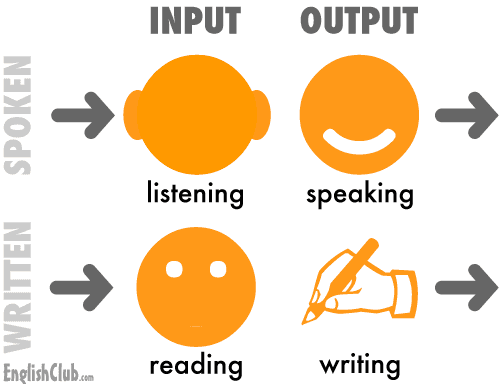
I hope that with this inquiry, you also learned some beneficial suggestions on how to learn and teach a language. I will be utilizing the skills that I learned through this inquiry and implementing them in my classroom. In addition to this, I will ensure that my students have opportunities to explore their own free inquiry journey as it is such a valuable experience!

Thank-you for listening…
Kyra

